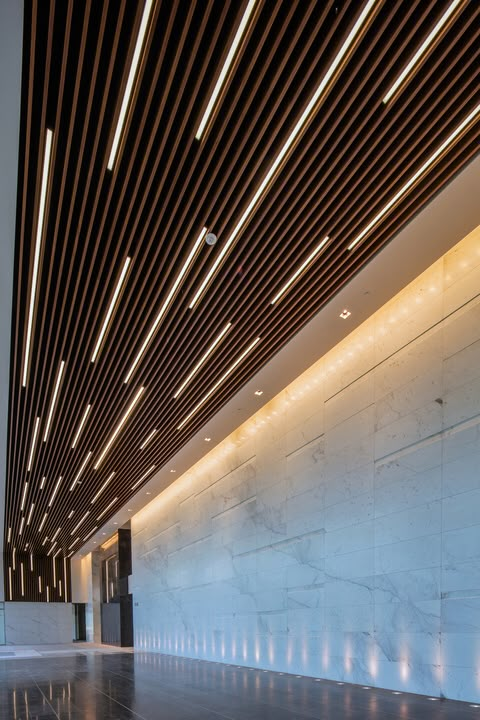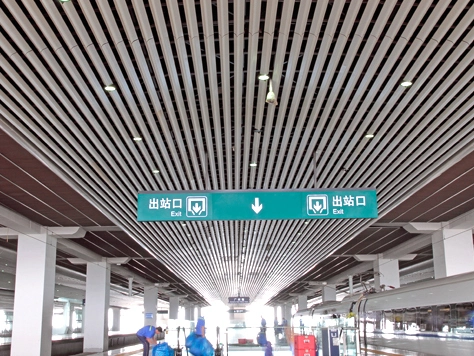aluminium grid ceiling
Aluminium grid ceilings represent a modern architectural solution that combines aesthetics with functionality in commercial and industrial spaces. These ceiling systems consist of precision engineered aluminum panels arranged in a grid pattern, offering exceptional versatility and durability. The grid structure typically features main runners and cross tees that create uniformly sized modules, which can accommodate various panel sizes and designs. The aluminum construction ensures a lightweight yet robust ceiling system that's resistant to corrosion, moisture, and fire. These ceilings are engineered to provide excellent acoustic properties, helping to manage sound reflection and absorption in large spaces. The system's modular nature allows for easy access to the plenum space above, making maintenance of electrical, HVAC, and other building services straightforward and cost effective. Advanced manufacturing techniques ensure precise dimensional accuracy and superior finish quality, while the aluminum material itself can be treated with various surface finishes, including powder coating, anodizing, or custom paint applications to match any interior design scheme.


